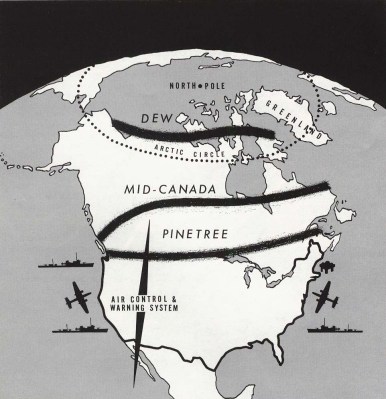After the fire and fury of liftoff, when a spacecraft is sailing silently through space, you could be forgiven for thinking the hard part of the mission is over. After all, riding what’s essentially a domesticated explosion up and out of Earth’s gravity well very nearly pushes physics and current material science to the breaking point.
 But in reality, getting into space is just the first on a long list of nearly impossible things that need to go right for a successful mission. While scientific experiments performed aboard the International Space Station and other crewed vehicles have the benefit of human supervision, the vast majority of satellites, probes, and rovers must be able to operate in total isolation. With nobody nearby to flick the power switch off and on again, such craft need to be designed with multiple layers of redundant systems and safe modes if they’re to have any hope of surviving even the most mundane system failure.
But in reality, getting into space is just the first on a long list of nearly impossible things that need to go right for a successful mission. While scientific experiments performed aboard the International Space Station and other crewed vehicles have the benefit of human supervision, the vast majority of satellites, probes, and rovers must be able to operate in total isolation. With nobody nearby to flick the power switch off and on again, such craft need to be designed with multiple layers of redundant systems and safe modes if they’re to have any hope of surviving even the most mundane system failure.
That said, nobody can predict the future. Despite the best efforts of everyone involved, there will always be edge cases or abnormal scenarios that don’t get accounted for. With proper planning and a pinch of luck, the majority of missions are able to skirt these scenarios and complete their missions without serious incident.
Unfortunately, Lunar Trailblazer isn’t one of those missions. Things started well enough — the February 26th launch of the SpaceX Falcon 9 went perfectly, and the rocket’s second stage gave the vehicle the push it needed to reach the Moon. The small 210 kg (460 lb) lunar probe then separated from the booster and transmitted an initial status message that was received by the Caltech mission controllers in Pasadena, California which indicated it was free-flying and powering up its systems.
But since then, nothing has gone to plan.
Continue reading “The Fight To Save Lunar Trailblazer” →



















